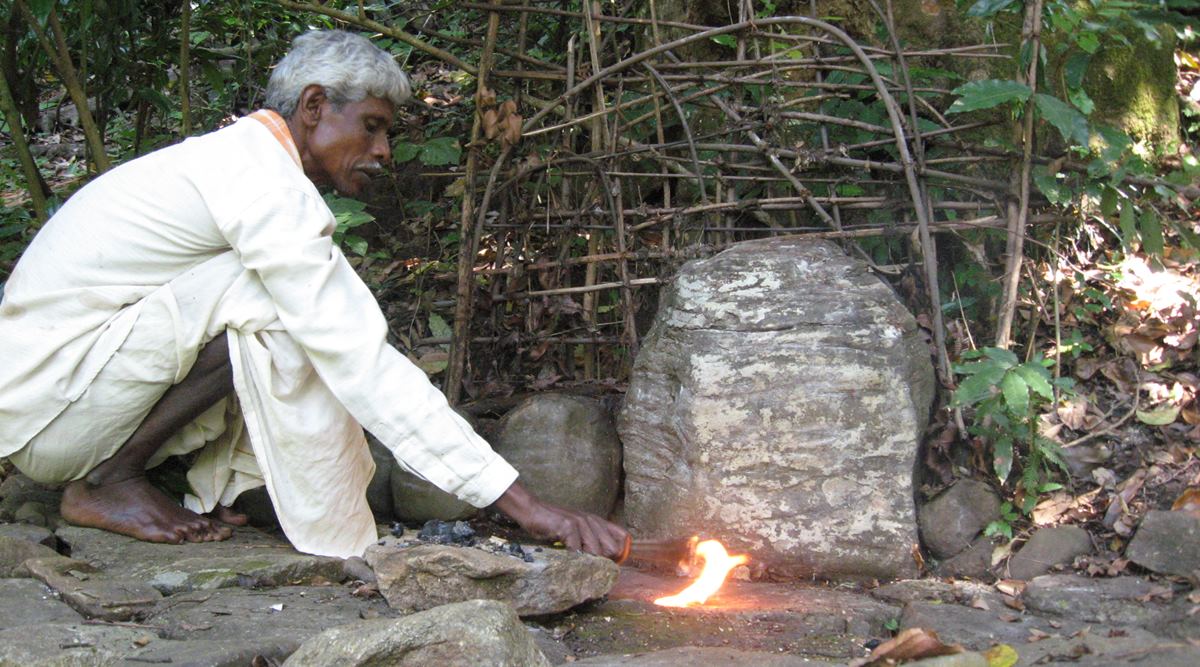
Written by Mike Ives; Pleasure Dong and Maria Cramer contributed reporting.
Folks feeling the consequences of marijuana are liable to what scientists name “divergent pondering,” the method of trying to find options to a loosely outlined query. Right here is one to ponder: The place did the weed come from? No, not the place it was purchased, however the place and when was the plant first domesticated.
Many botanists consider that the Hashish sativa plant was first domesticated in Central Asia. However a research printed Friday within the journal Science Advances means that East Asia is the extra doubtless supply, and that every one present strains of the plant come from an “ancestral gene pool” represented by wild and cultivated varieties rising in China as we speak.
The research’s authors discovered that the plant was a “primarily multipurpose crop” grown about 12,000 years in the past throughout the early Neolithic interval, most likely for fiber and medicinal makes use of.
Farmers started breeding the plant particularly for its mind-altering properties about 4,000 years in the past, as hashish started to unfold into Europe and the Center East, the authors of the research mentioned.
Beforehand, the domestication historical past of #Hashish was not nicely understood—largely as a result of authorized restrictions—however a brand new research means that the plant has its earliest roots in what’s now northwest China. https://t.co/5mV564TzXb pic.twitter.com/6gHcAUYiiV
— Science Advances (@ScienceAdvances) July 19, 2021
Michael Purugganan, a professor of biology at New York College who learn the research, mentioned the same old assumption about early people was that they domesticated vegetation for meals. “That appears to be probably the most urgent downside for people then: How one can get meals,” mentioned Purugganan, who was not concerned within the analysis. “The suggestion that even early on they have been additionally very involved with fiber and even intoxicants is attention-grabbing. It might convey to query what have been the priorities of those Neolithic societies.
A 2016 research by different scientists mentioned that the earliest data for hashish have been largely from China and Japan, however most botanists consider that it was most likely first domesticated within the japanese a part of Central Asia, the place wild styles of the plant are widespread.
Gene research
Genetic sequencing for the most recent research means that the species has a “single domestication origin” in East Asia, the researchers wrote. By sequencing genetic samples of the plant, they discovered that the species had most certainly been domesticated by the early Neolithic interval. They mentioned their conclusion was supported by pottery and different archaeological proof from the identical interval that was found in present-day China, Japan and Taiwan.
However Purugganan mentioned he was skeptical about conclusions that the plant was developed for drug or fiber use 12,000 years in the past since archaeological proof present the constant use or presence of hashish for these functions started about 7,500 years in the past. “I wish to see a a lot bigger research with a bigger sampling,” he mentioned.
Luca Fumagalli, an creator of the research and a biologist in Switzerland who specialises in conservation genetics, mentioned the speculation of a Central Asian origin was largely primarily based on observational knowledge of untamed samples in that area. “It’s simple to search out feral samples, however these should not wild varieties,” Fumagalli mentioned. “These are vegetation that escaped captivity and readapted to the wild atmosphere. “By the best way, that’s the explanation you name it weed, as a result of it grows anyplace,” he added.
The research was led by Ren Guangpeng, a botanist at Lanzhou College within the western Chinese language province of Gansu. Ren mentioned in an interview that the unique web site of hashish domestication was most certainly northwestern China, and that the discovering might assist with present efforts within the nation to breed new varieties of hemp.
To conduct the research, Ren and his colleagues collected 82 samples, both seeds or leaves, from all over the world. The samples included strains that had been chosen for fiber manufacturing, and others from Europe and North America that have been bred to provide excessive quantities of tetrahydrocannabinol (THC), the plant’s most mood-altering compound.
Fumagalli and his colleagues then extracted genomic DNA from the samples and sequenced them in a lab in Switzerland. Additionally they downloaded and reanalyzed sequencing knowledge from 28 different samples. The outcomes confirmed that the wild varieties they analyzed have been in truth “historic escapes from domesticated kinds,” and that present strains in China — cultivated and wild — have been their closest descendants of the ancestral gene pool.
“Though further sampling of feral vegetation in these key geographical areas remains to be wanted, our outcomes, that are primarily based on very broad sampling already, would recommend that pure wild progenitors of C. sativa have gone extinct,” they wrote As hemp’s operate as a world supply for textiles, meals and oilseed dried up within the twentieth century, using hashish as a leisure drug elevated, the brand new research famous. However there are nonetheless “massive gaps” in information about its domestication historical past, it mentioned, largely as a result of the plant is illegitimate in lots of international locations.
It may also be laborious to grasp exactly how plant species are domesticated within the first place, mentioned Catherine Rushworth, a postdoctoral researcher on the College of Minnesota who research plant evolution. Though scientists could make some primary predictions about how a given plant species will diverge in nature, she added, such predictions “exit the window” when a pure choice course of is pushed by people. “So, for instance, we’d assume that species would diverge once they’re adapting to completely different habitats, or to completely different pollinators,” she mentioned. “However individuals are typically the pollinators and folks have created these habitats.
This text initially appeared in The New York Occasions.









